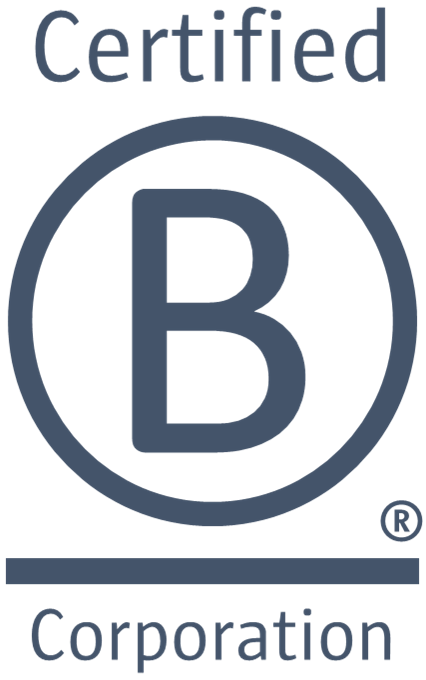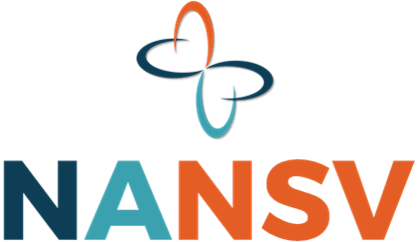
Listening to the Community
Why and how to go outside the "bubble" in strategic planning

Every organization has a future to plan for, with many moving parts. Non-profits, whether they aspire to help more people, offer more services, increase program quality, or just “stay afloat,” have two options: “wing it,” or develop strategic plans that will guide board decision-making and provide blueprints for tomorrow. The former relies squarely on hope, while the latter prepares organizations to accomplish things in coordinated ways. Strategies integrate program, reach, capacity, and related ambitions with elements like marketing, fundraising, capital assets, technologies, internal efficiencies, workforce, and leadership. Done well, they’re road maps that keep everything together and support board choices that will stabilize operations and advance missions in well-informed, responsive, fiscally responsible, and risk tolerant ways.
Sound strategies require understanding the environment—populations’ needs, stakeholder concerns, external conditions, etc. In our 2021 Board Governance Survey with VAFCC, more than 80% of respondents affirmed their strategic plans account for these things. However, just one quarter said they actually engaged past, current, and potential patients, partners, corporate donors, community leaders, or others who may have relevant perspectives to obtain the necessary information. How, then, did leaders that didn’t solicit input beyond their clinics’ walls arrive at their conclusions? There is often data available that can be used to understand trends but, while important, it can’t tell the whole story. To fill the gaps, it seems safe to assume these board members and executives relied on their own perceptions.
Of course, incorporating leaders’ knowledge is useful, especially when they’re well-positioned to observe and have the ability to interpret internal and external conditions. It’s just that it’s not enough. Boards and executives, for example, can’t fully understand customers’ preferences or levels of satisfaction without actually asking. If they’re not listening to stakeholders, they may miss opportunities to develop meaningful collaborations with other non-profits, establish or strengthen funding relationships with corporations and foundations, or find new sources of volunteers. They may misinterpret how local government and relevant agencies envision their non-profits' roles in their communities and improve how they work together. These aren’t minor points. Understanding these types of things is essential to a well-rounded, effective strategy.
Let’s look at an example. Consider the case of one of our recent human services clients that assists people with emergency needs and keeps seeing the same customers, month after month. It lacks the resources to help them get beyond their current life situations and “off the system.” We undertook extensive background research as the first step the planning process, a significant part of which comprised gathering input from other nonprofits in the area, local officials, customers, and the broader community. One key result was learning, straight from the source, some surprising needs and barriers impeding access to services. Another was finding many organizations willing to participate in a network of end-to-end support meeting a range of urgent needs while also offering integrated pathways to stability and self-sufficiency.
Our client would not have known this important information if it had only included its board and Director. By extension, its strategy wouldn’t have been fully responsive community needs and preferences, and it would have missed out on a great opportunity to do more, for more people. This is just one of many cases that clearly demonstrate not only the value but the necessity of engaging clients, partners, stakeholders, and others outside of organizations developing strategies. Non-profits that get outside of their “board bubbles” are better positioned to create sound, well-informed, and well-rounded strategic plans than those that don’t. In a nutshell, that's the point of investing in strategy development. Why waste time and money on initiatives that aren’t going to lead to deliver a brighter future for your non-profit and community?
How do you engage outside your non-profit in strategic planning? There are five basic steps you’ll want to take. It’s generally a good idea to engage an outside, objective, third-party consultant party to help you along the way, but some of these things you may be able to do on your own to get started.
- Study the “market.” Make a list of key groups who have inputs to provide. This will typically include customers, stakeholders, prospective partners, and the broader community.
- Decide on an approach. Individual interviews, focus groups, and surveys are great options. Choose from among them to get the best information from each category, as efficiently as possible.
- Think through what you want to know. Regardless of the approaches taken, consider what data points are most important to you, and design standardized questions to get this information.
- Make the connections. Reach out to partners and stakeholders individually. Publicize focus groups and surveys in multiple ways. Build your audiences to generate sufficient responses.
- Step back from the process. Get someone independent of your non-profit to ask the questions and analyze responses. You’ll likely get much more out of engagement with an objective take.
You shouldn’t make strategic decisions in isolation. There are voices beyond your organization’s walls with inputs—perceptions, challenges, ideas, and suggestions, and you will benefit from listening to what they have to say. Your non-profit’s future will thank you for it, and so will the population(s) you serve.
More Information
Learn more about listening in strategic planning and other non-profit topics.
Read Other Posts
















